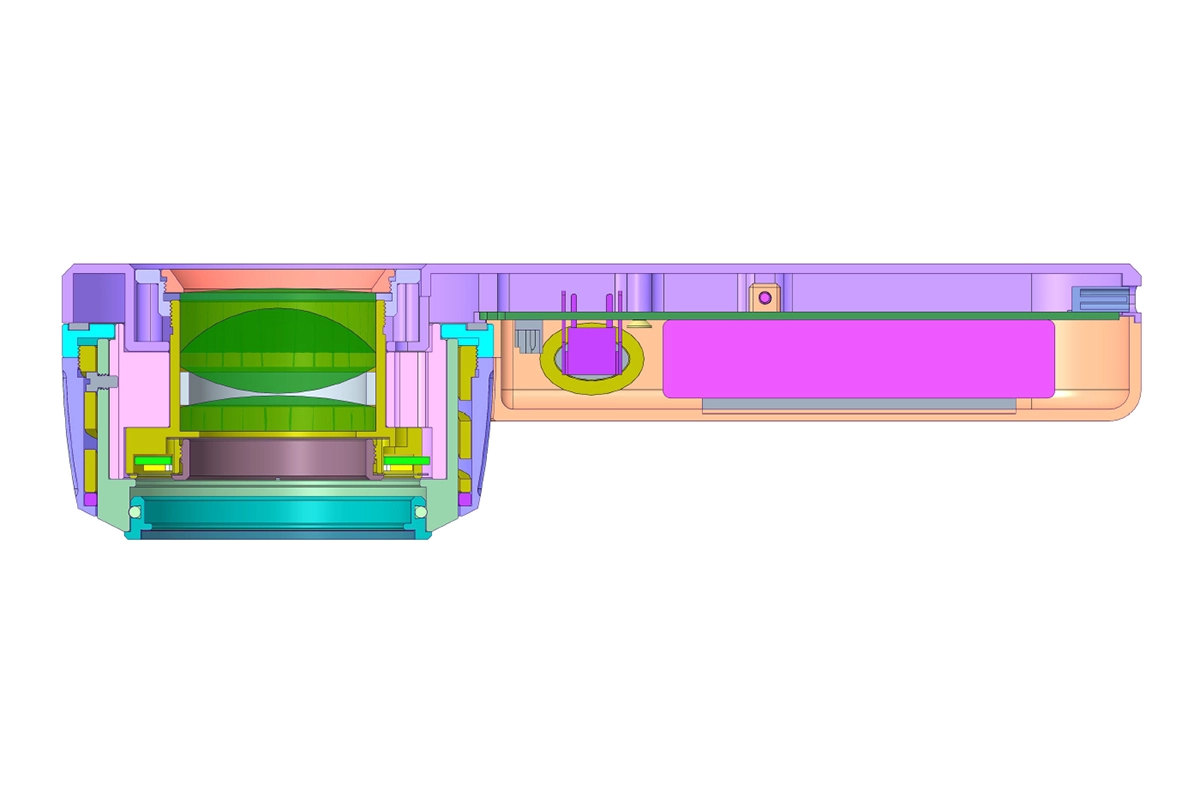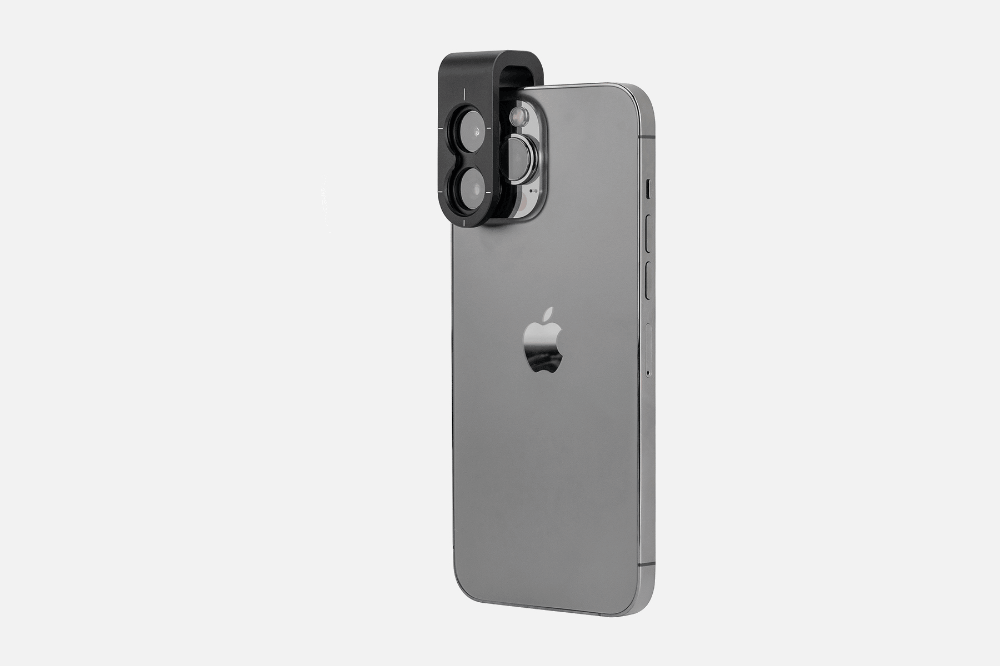High Quality Rechargeable LED DE-3100 Dermatoscope
High Quality Rechargeable LED DE-3100 Dermatoscope
$499.00
-
In Stock
-
Arrive in 5-7 days
-
Free Shipping Worldwide $59+
-
2 Years Warranty
- 10 x Magnification
- 32mm wide field of view (Aperture)
- Polarized, non-polarized, and amber lightillumination
- Detachable protective glass
- Automatic shutdown
- Included adapter fits all phone
- Bright LED illumination lights
- All-metal housing
|
Material |
Optical & Aluminum |
|
Optical Design |
All glass, 4 elements, 3 groups |
|
Lens Diameter |
32mm(front), 25mm(rear) |
|
Magnification |
10X |
|
Distortion |
8% |
|
Resolution |
300 LP/MM (Axis) 250 LP/MM (Edges) |
|
Polarization |
Cross Polarized |
|
LED Type |
SMD LED beads |
|
Battery Capacity |
1000mAh Lithium ion |
|
Charge |
USB-C |
|
Close Focus |
30mm |
|
Dimensions |
Φ55mm*H50mm*L195mm |
|
Weight |
180g |
$499.00
-
In Stock
-
Arrive in 5-7 days
-
Free Shipping Worldwide $59+
-
2 Years Warranty
How to Use
Check out our step-by step quick start guide of the device.
What Makes it Unique
It’s a handheld dermatoscope, but it contains a universal phone adapter meaning convenient to connect with any smartphone or tablet to capture images. Build with 4K resolution optics, 10X magnification and 30mm wide field of view — the DE-3100 is perhaps the most super value dermatoscope we’ve ever seen.
Why Choose IBOOLO DE-3100
Cross Polarization
In polarization mode, the polarization filter becomes activated and absorbs the surface light reflection (no immersion fluid required). It allows you to examine the colours, shapes and texture features of the skin lesion more clearly, more precise and more detailed.
How Does it Compare
There’s an influx of dermatoscope on the market. Our devices are remarkable blend of pro-level features and affordable price. Their premium optics and efficient LED system delivers sharp & precise images.
Reviews
1 review for DE-3100 Dermatoscope
Only logged in customers who have purchased this product may leave a review.
Learn More
What are the Common Skin Cancers?
Skin cancer stands out as the most prevalent form of cancer globally, with millions of new diagnoses annually. Unlike many other cancers, skin cancer often presents visible signs, making early…
IBOOLO Optical Dermatoscope
An optical dermatoscope is a medical device used in dermatology to examine skin lesions. This non-invasive tool is essential for the early detection and diagnosis of various skin conditions, including…
Digital Dermatoscope Vs. Optical Dermatoscope
In the realm of dermatology, two primary tools aid professionals in examining skin lesions: digital dermatoscopes and optical dermatoscopes. A digital dermatoscope is a sophisticated device that combines traditional dermatoscopy…
















































Alan Rosenbach Canada
–
Canada
–
This dermatoscope is excellent. The attachment to the phone is a home run. Viewing is much easier. Great company with great communication